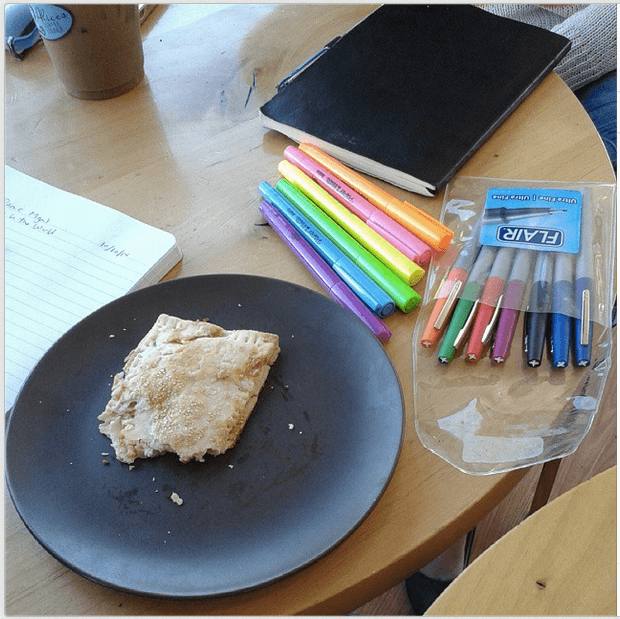No one likes meetings.
That’s because they’re overused and inefficient.
But, what if you overcame the fear of meetings and created an environment for a planning session that your employees would actually be excited about?
That’s what I attempted last month.
And I think it actually worked.
Plan for the Planning Session
Your planning session needs to be planned! Put time on the calendar as far in advance as possible so you can give your clients the heads up and so your team can wrap up their projects in advance.
Choose a weekday to do your planning session so your team doesn’t have to take precious time away from their personal lives to join.
And set a realistic budget for yourself for transportation, food, and meeting space if applicable.
This should not cost your team members anything out-of-pocket.
Let them know that you plan on taking the entire day for this session (Fridays are usually best) so they should be prepared to put up their out of office messages and not check their phones/email during the meeting.
Then, send an agenda at least a week before the meeting so your team can wrap their heads around what you plan to cover and prepare their ideas.
This kind of preparation allows your people the time to come to the session with a clear head that won’t be distracted by kids, clients, or other personal or professional issues.
Get Out of the Office
Give your team a break from the confines of your office environment (whether that’s your house, a co-working space, or an office building).
Creativity can be stifled by the confines of a cubicle or desk.
I recommend finding an open space outside of the city to tackle your strategic planning.
I also recommend having everyone travel together, if possible.
The time you spend getting from your normal environment into a new one provides time for you to get yourself and your team in the mood for brainstorming. It also gives you some personal time with your team to talk about their lives—not just work.
We drove upstate to a coffee shop about an hour away for our morning session and then relocated to an outdoor sculpture garden for the afternoon session.
State of the Union
When you’ve settled in to your meeting spot, start by going over everything that’s happened within your company since your last meeting.
This may require preliminary meetings with team members prior to the planning session so you can fully understand what they’re working on.
Keep in mind this is likely going to be the longest part of your meeting, but it is extremely valuable.
People need to understand where you’ve been to help figure out where you’re going.
(I could write a whole post about how to structure your State of the Union!)
And being transparent about your business operations, successes, and failures will help your team feel more connected to the business’s success, which will likely help them feel more comfortable sharing their ideas—even if they’re a junior-level team member.
Take a Break
In this hyper-connected age, we can’t expect someone to turn off their phone for eight whole hours, right?!
Give your team breaks to check their phones, stretch their limbs, and turn off their thinking caps for a moment.
A mid-morning break, plus a lunch break is ideal.
You may consider relocating your meeting after you complete the State of Union, which provides the mental and physical break from where you started.
Feed the Soul
Food fuels the brain! And some people are truly motivated by good food.
Find a healthy cafe and let your team order what they want (within reason, of course).
Don’t take them to McDonald’s. Please.
Protein, greens, and water will help keep your team sharp and prevent them from going into a food coma for your afternoon session.
Drill Down
Use the break to take any feedback from the morning session and finalize your afternoon session.
The afternoon should be all about translating the knowledge and expertise of your team into processes and solutions to alleviate your company’s biggest problems.
You shouldn’t try to tackle more than two or three problems in a day.
If you have more than that, you probably should stop operations until you figure them out!
This might mean breaking your team up into groups that are organized by department, task, or leadership level.
If you have the time, having managers spend time with other managers—in addition to their own teams—is ideal for ultimate collaboration.
What’s Next?
The final hour of your meeting should be the time for everyone to come back together to discuss the future.
What are your major goals for the next two weeks? Three months? Five years?
Keep your team informed about your ambitions and dreams.
This not only holds you accountable, but it also gives a driving direction for everyone who has invested 40 hours of their lives each week something to look forward to.
Finally, set a tentative date for your next planning session and open your doors for personal feedback in the coming weeks in case your team thinks of something after the fact.
Remember: Transparency, honesty, responsibility, and accountability are what make a planning session successful.

